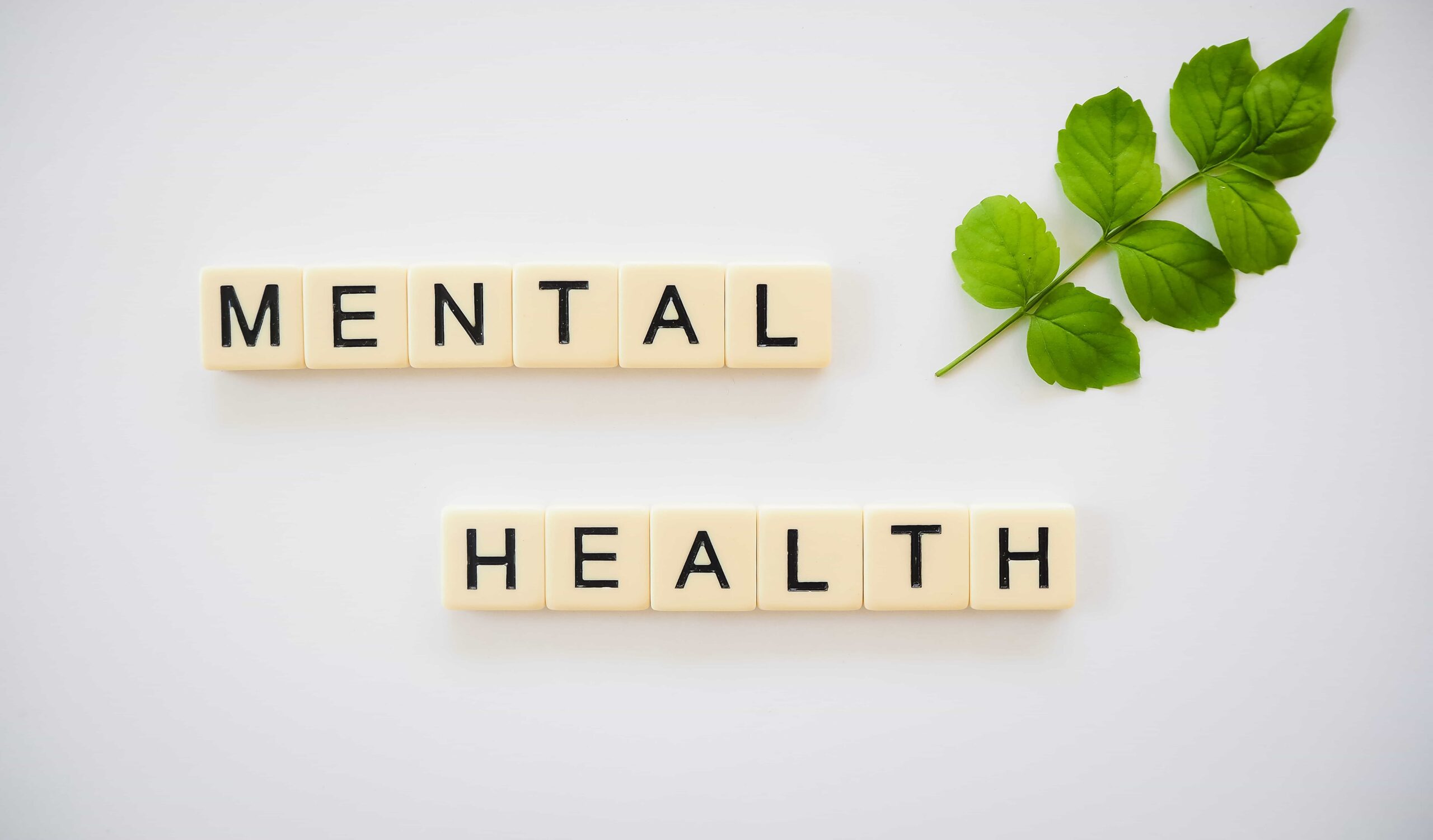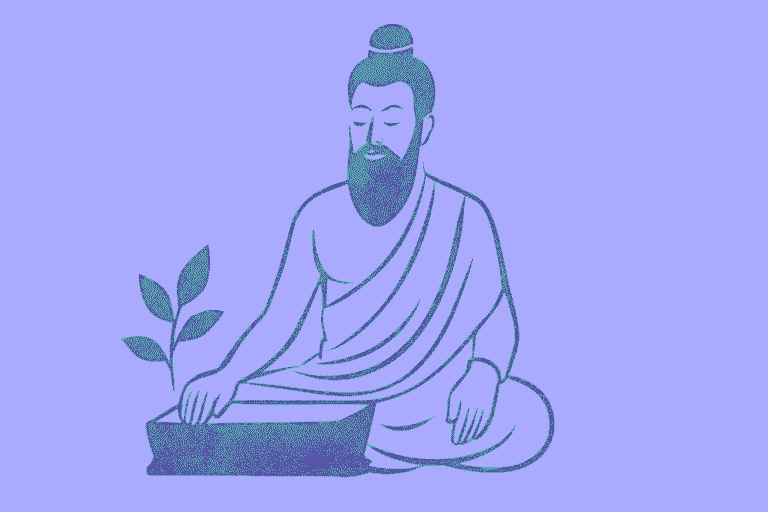contact@cayeit.com
Exploring the Integrative Potential:
The ancient wisdom of Ayurveda offers a holistic perspective on mental health and consciousness that meaningfully complements modern psychiatry. Blending Ayurvedic psychology with recent advances in neuroscience, neurobiology and integrative medicine can provide powerful insights into the mind-body mechanisms underlying psychiatric disorders. Scientific investigation of Ayurvedic concepts like prakriti (constitution), doshas, sattva (clarity), trigunas (qualities), ojas (vitality) etc. can unravel their neurobiological correlates.
This knowledge integration can help refine diagnostic schemes, reveal novel disease sub-types, inform individualized treatment strategies and propel more precision-based psychiatry. Scientific exploration of Ayurvedic herbs, Yoga and meditation can also uncover their psychotropic effects, brain pathways and mood-regulating mechanisms for evidence-based integration into psychotherapy and pharmacotherapy. The resulting synergistic approach can optimize person-cantered care and outcomes. In this manner, the ancient wisdom of the East and modern science of the West can be unified to dispel the clouds of confusion surrounding mental health.
Exploring the Mind-Body Connections:
Ayurveda views the mind and body as intrinsically connected – with mental processes affecting physiological functions and vice-versa. This aligns with evidence that psychological stressors like depression precipitate systemic inflammation, oxidative stress, dysregulated HPA axis, autonomic imbalance and altered neuroendocrine functioning. Conversely, biological factors like inflammation, thyroid dysfunction and gut microbiota dysbiosis reciprocally influence mental health.
Ayurveda’s concept of subtle channels connecting mind-body pathways has parallels with neural connectivity and pathways now being charted through advanced brain imaging. Ojas – the vital essence of health in Ayurveda – may correspond with neurotrophic and growth factors like BDNF, which get depleted in mood disorders. Elucidating such mind-body mechanisms can provide a scientific framework for Ayurveda-based interventions like herbs, diet, detoxification (panchakarma) etc. that aim to balance dysregulated physiological functions underlying psychiatric conditions. This aligns with the goal of integrative psychiatry.
Exploring Constitutional Psychiatry:
The Ayurvedic concept of prakriti holds that individuals are born with a dominant constitutional type that influences their physiological and psychological tendencies. Research providing preliminary validation of prakriti’s correspondence with genotype demonstrates its genetic basis, while correlations with phenotype show influences on metabolic processes, physiology and susceptibility to diseases. Extending scientific research to explore correlations of prakriti with neural attributes like neurochemistry, structural connectivity, functional networks and cognitive styles can offer biological insights into how prakriti shapes fundamental aspects of brain function relevant to mental health.
This knowledge can help synthesize the emerging field of constitutional psychiatry with Ayurvedic psychology. It can drive more individualized diagnosis of psychiatric disorders based on prakriti assessment and enable prakriti-aligned interventions leveraging nutritional psychiatry, chronotherapy, custom pharmacogenomics etc. Elucidating neurobiological differences between vata anxiety-depression, pitta irritability-mania and kapha lethargy-withdrawal can also reveal prakriti-specific mechanisms and subtypes of mood disorders. Such research can unlock the untapped predictive and prescriptive power of prakriti for precision psychiatry.
Exploring Pathways of Ayurvedic Herbs and Formulations:
Phytochemical and pharmacological research on bioactive compounds in Ayurvedic herbs like Bacopa monnieri, Withania somnifera, Centella asciatica etc. is beginning to reveal mechanisms like antioxidation, anti-inflammation, neurogenesis promotion, neurotransmission modulation etc. that can positively influence mental health. Animal studies are starting to show behavioural effects like anxiolysis, antidepressant and nootropic activity for certain Ayurvedic herbs and formulations like Tagara, Jatamansi, Ashwagandha, Brahmi and Mandukaparni.
Translational studies in humans using brain imaging, EEG, ERP, neurotransmitter assays and other biomarkers can further map their psychotropic effects and mechanisms of action on the nervous system. This can offer a scientific basis for integrating evidence-based Ayurvedic pharmacology into psychopharmacology protocols. The use of network pharmacology approaches can also shed light on the synergistic interactions between the multitude of phytochemicals present in complex Ayurvedic formulations, which may underlie their effects. Such research can drive innovation in psychotropic plant-based drug discovery.
Exploring Mind-Body Practices:
Yoga and meditation – integral parts of Ayurveda – are now the subject of intensive neuroscientific investigation revealing their profound effects on brain structure and function. EEG, fMRI and other imaging studies on yoga practices like asanas, pranayama, chanting etc. are demonstrating increased alpha waves, greater frontal lobe activation, improved connectivity between limbic areas and prefrontal cortex, enhanced vagal tone, reduced neuro-endocrine stress responses and other beneficial neural effects.
These changes correlate with reduced anxiety, improved mood, cognition and resilience – highlighting potential mechanisms for mitigating psychiatric disorders. Similar studies have revealed how different forms of meditation like focused attention, open monitoring, loving-kindness etc. can induce neuroplastic effects – increasing grey matter density in key areas like PFC, hippocampus; optimizing functional networks related to executive control, emotional regulation and introspection. By illuminating such psychophysiological effects and mechanisms, neuroscience is providing a firm scientific basis for integrating yoga and meditation into evidence-based mental healthcare. This can drive greater adoption into clinical practice.
Exploring Psychoneuroimmunology Links:
The Ayurvedic concept of prana or life energy is closely tied to the health of mind-body interactions. Recent advances in psychoneuroimmunology (PNI) provide scientific insights into such links. PNI research has revealed that chronic psychological stressors like depression, anxiety and loneliness induce neuroendocrine dysregulation, sympathetic overdrive and vagal withdrawal. This precipitates systemic effects like compromised immunity (lower NK cell activity, reduced lymphocytes), chronic inflammation (elevated TNF-alpha, IL-6, CRP) and dysbiosis – which in turn exacerbate psychiatric symptoms. On the other hand, positive psychological states have opposite effects.
Understanding these psychoneuroimmunological mechanisms reveals the biological substrate of prana and provides scientific basis for Ayurvedic immune-boosting rasayanas and rejuvenating therapies like Panchakarma in treating psychiatric ailments rooted in mind-body imbalance. PNI also substantiates the holistic Ayurvedic approach of addressing emotional-spiritual aspects alongside physical rehabilitation.
Unraveling the Science of Sattva, Trigunas and Ojas:
The Ayurvedic concepts of sattva, trigunas and ojas offer spiritual-psychological dimensions interwoven with physiology in mental health. Sattva signifies clarity, balance and the highest consciousness state, while the three gunas (sattva, rajas and tamas) represent qualitative energies influencing mood and behavior. Ojas is the subtle essence of vitality. Scientific investigation can provide modern biomedical perspectives into these concepts. For instance, sattva correlates with activation of the prefrontal cortex based on EEG studies of meditation. Sattvic states may exhibit neural qualities like synchronized alpha waves, optimal catecholamine levels and high vagal tone denoting relaxed alertness.
Rajas may correlate with excessive limbic-sympathetic activation while tamas with parasympathetic dominance and sluggish frontal hypoactivity. Regarding trigunas, associations can be explored between sattva-rajas-tamas and arousal-conscientiousness-neuroticism dimensions of personality. Depletion of ojas from chronic stress may manifest as neural hypoactivity, neuroplasticity deficits and neuroprogression cascades underlying psychiatric disorders. Elucidating such psychobiological substrates can lend scientific credibility to these concepts and inform interventions harnessing sattva augmentation, triguna balancing, and ojas restoration for holistic mental health.
Harnessing Computational Tools for Knowledge Integration:
The deluge of multi-disciplinary research data on brain-mind-body connections has led to the emerging fields of computational psychiatry and Ayurveda informatics. Computational methodologies offer tremendous potential to integrate insights from Ayurveda and modern neuroscience towards mental health. For instance, Ayurvedic concepts of doshas and dhatus can be mapped onto parameters related to neurological, metabolic and physiological processes using ontological engineering. This can reveal scientific correlations.
Machine learning algorithms can be applied to identify patterns linking prakriti types and mental health profiles with neural, immunological, microbiome and other biomarkers. This can validate prakriti-based personalization of psychiatric diagnosis and treatment. Network analysis can shed light on interactions between Ayurvedic herbs, yoga-meditation practices and neurobiology pathways and systems related to mood, cognition and stress resilience.
Agent-based modeling can simulate the effects of Ayurvedic lifestyle and dietary interventions on mind-body systems over time. Such computational tools can accelerate knowledge integration between Ayurveda and modern neuroscience to advance mental healthcare. They can provide the right bridge between Eastern wisdom and Western science in understanding the complexities of consciousness and self-realization.
Promoting Collaborative Research:
To propel this field, collaborative initiatives bringing together Ayurveda scholars, neuroscientists, biomedical researchers, clinicians and computational experts are needed. Some ways to foster collaboration:
- Forming interdisciplinary research groups at universities and national institutes spanning Ayurveda, neuroscience, psychology, integrative medicine and other domains. This will enable expertise exchange and unified study designs.
- Jointly applying for research grants from funding bodies like the Ministry of AYUSH, CSIR, DST, ICMR etc. which encourage Ayurveda-biomedical research.
- Organizing conferences, seminars and workshops bringing together stakeholders. For instance, hosting an “Ayurvedic Psychiatry and Neuroscience” symposium.
- Publishing collaborative papers in high-impact journals to gain more visibility for this emerging field. Coming together on integrative review papers.
- Training new-generation researchers simultaneously in Ayurveda and neuroscience/integrative medicine through dual degree programs like MD (Ayurveda) + PhD (Neuroscience).
- Forming a professional society like the “International Society for Ayurvedic Neurosciences”.
- Advocating for integrating basic Ayurvedic principles into medical and psychology curricula.
Such multipronged collaborative efforts can rapidly advance this integrative field and fulfil the true purpose of Ayurveda – “Swasthasya Swasthya Rakshanam” – preserving the health of the healthy!
The Way Forward
In summary, combining subjective, first-person experiential wisdom from Ayurveda with objective, third-person mechanistic insights from modern biomedical sciences can usher great progress in advancing mental healthcare. Blending ancient Indian philosophies with the latest neuroscientific discoveries may provide the unifying paradigm for consciousness studies that philosophers and scientists alike have long sought.
However, monumental challenges remain. Rigorously validating Ayurvedic concepts empirically remains difficult. Our grasp of neurobiological complexity is still limited. Issues of epistemic dissonance, publication bias and lack of funding exist. As a young integrative science, the field needs an open, iterative, collaborative approach focused on unlocking new insights, not rigidly proving or disproving established theories.
The way forward is to embrace both systems with humility, set aside dogma, and through rigorous but open-minded science elucidate mechanisms for blending the two disciplines coherently to advance psychiatry. This emerging field at the cutting edge of neuroscience and Ayurveda has the potential to transform our understanding of the mind-body relationship and catalyze a paradigm shift in mental healthcare.





